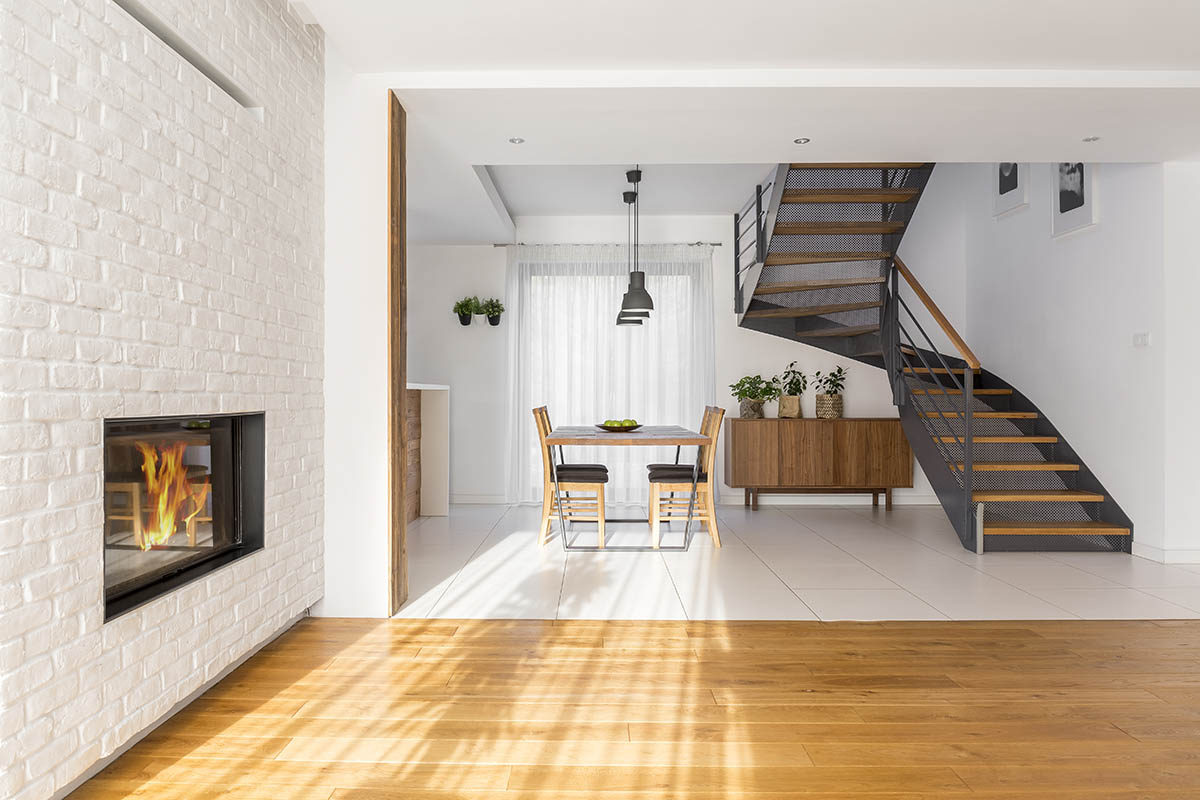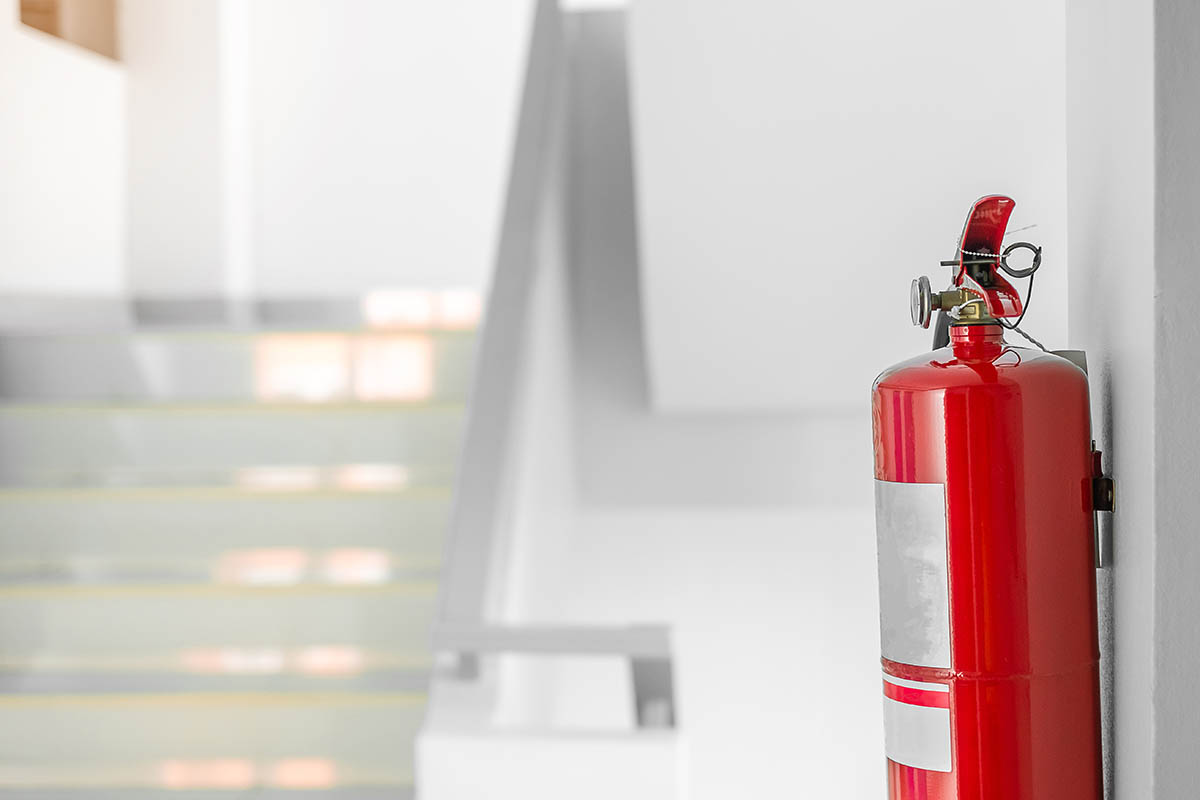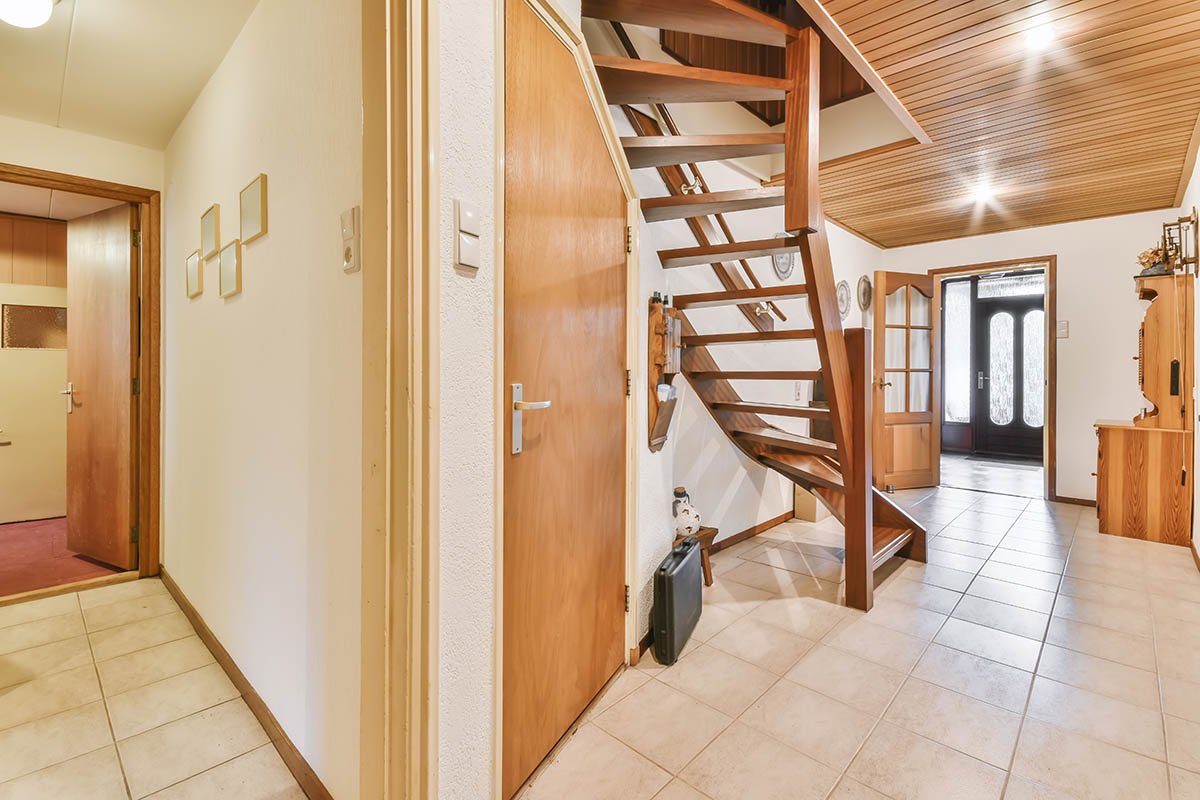
Planning a loft conversion in Surrey is not just about choosing the type of conversion and the function of the space. It is also imperative to consider how you will provide safe access to your new room. What is the best location to put the loft conversion stairs? Would you be able to install a space-saving staircase? Would there be any building regulations for doing so? These are all important questions you need to answer before you embark on your loft conversion project.
As a must-have component of the loft conversion, the stairs need to be practical and functional without taking up too much space. If you're converting a loft to add value to your property, it makes sense to have as much space in it as possible. Of course, one of the best ways to achieve this is to hire a reputable and reliable builder and renovator. However, before doing that it is always good to be prepared and to share your ideas with the team of builders. The purpose of this article is to provide you with some information and tips on how you can install space-saving stairs.
What are the requirements for installing loft stairs?

When designing loft conversion stairs, keep in mind that you need to adhere to both building regulations and fire safety standards.
Building regulations
When converting your loft, the first thing you should do is ensure the building is constructed correctly and meets the current building regulations. This is necessary, even if the type of conversion you are doing doesn't require planning permission. For loft conversions in Surrey and the UK, there are specific rules and regulations regarding how certain things are built. One of the items that fall under those regulations is the staircase. Here are some of the rules you need to adhere to when installing loft stairs.
- You will need to install a fixed staircase that is positioned so that it provides safe access to and from the loft.
- Every time you climb a step, you must have minimum headroom of 1.9 meters. Your new staircase should have a clearance of 1.9 meters from your existing stairs.
- You should also consider the incline of the staircase. 42 degrees is the maximum pitch.
- Loft conversion stairs should be equipped with a handrail. If the stair is less than one meter wide, then you can only have a handrail on one side. For wider stairs, the handrail must go on both sides.
- It is important that the steps in the staircase are all the same height and length. The possible options are a length of 223mm to 320mm, and a height of 150mm to 220mm.
- You can install a space saver stair only in case it will provide access to a single habitable room.
The building control is very important for the success of the project as well as for the safety of you and your family. As a homeowner, building control is also important because you will be able to obtain a building control completion certificate. If you plan on selling your home, you'll need to show your solicitors this certificate showing that everything was properly handled.
Fire safety

It is also important that the loft conversion stairs meet fire safety standards. The stair must offer at least 30 minutes of fire resistance so you will need to consider fitting a fire door. The loft staircase should ideally be located near an entry point on the ground floor.
By converting the loft into usable space, you are potentially adding another storey to your house. You will therefore need to install fire doors along the route of access. Basically, this means that if you are on the top floor of your house in the new loft conversion, on the path of access all the way down to the front door, you must upgrade each door to a fire door.
Space-saving stairs: what are your options?

Loft staircases often occupy a large amount of space because they must accommodate so many requirements. Nevertheless, with some consideration and application of some tricks, you can still install a staircase that will save you some space while meeting building regulation requirements at the same time. Below are some ideas on how to do that.
Install a new stair over your existing staircase
Installing new stairs over the existing one is a great and easy way to save a lot of space for your loft conversion. In this way, you will have enough headroom and not waste too much floor space. In addition, it creates a more symmetrical aesthetic in the design of your home. Adding a small landing to the new staircase will make the stairs look like one unit.
Reduce the size of another room
In some cases, adding a new stair over the existing one is not possible. For example, if your house is small and the landing is not very big then you might not have enough head heights to add stairs over the main staircase. What you can do is reduce the size of another room in order to create more space for the stairs. This will increase the head height so that the loft conversion stairs meet the requirements. To do this, you can use any spare bedroom or another rarely used room.
Increase the headroom of the loft space
If you increase the headroom of the loft space, you will have more options for locating the staircase. How can you do this? You can have some extra space in the loft if you do the right type of loft conversion. For example, dormer conversions usually provide more headroom, so you will have more options for where the staircase should be placed. Dormer window additions are also the least expensive way to convert a loft. Hip-to-gable lofts are just the opposite - the options for the stairs are limited since there is not sufficient headroom.
What type of loft staircase to choose?
There are certain types of staircases that tend to occupy small spaces, like spiral stairs and paddle stairs. If you're deciding whether to choose custom made stairs or a pre-fabricated one, there is no doubt that bespoke loft conversion stairs are always the better choice.
Spiral staircase
Depending on the type of loft conversion, a spiral staircase consists of a central post surrounded by winders of the same size provided at a constant deflection angle to provide a continuous change in elevation as well as direction. It has a handrail attached to the farthest edge of the tread. It is mostly used in small homes since it takes up less space compared to a conventional staircase. In most cases, spiral stairs can be fitted into existing landings with minimal effect on the floor below the loft. Many people also view this type of staircase as stylish and modern. and they are a great idea for smaller lofts.
Space saver staircase (paddle staircase)
Paddle or space-saving stairs are very compact staircases often found in tiny homes. While they are designed to be used like conventional stairs, the difference with them is that they have alternating treads instead of regular steps. That is why they are often called altering tread staircases. To provide stability, this type of stairs should have close-fitting handrails.
Alternating tread staircases are a cost-effective option. In addition, they are a very suitable solution in case you want to save as much space as possible. However, the problem with the space savers is that they are often unpopular with building regulation inspectors.
How much do loft conversion stairs cost in the UK?
The cost of loft conversion stairs can range greatly in the UK, starting from £300 and going up to £1500. It is usually impacted by a number of factors such as:
- the width and height of the new staircase
- materials you choose to use
- the scope of the work to be done
- the type of staircase, whether it is prefabricated or custom made.
Spiral stairs and space-saver staircases like paddle stairs are typically more affordable options. Building over an existing staircase is also a more economical alternative. If, however, you need to move the layout of the house or take space from an existing room to fit the stair then you may need to pay more.
How to choose the best and most space-saving staircase design for your loft conversion?
When it comes to loft conversion stairs, it is best to hire professionals to help you design a staircase that is safe, practical as well as space-saving. The building team will speak with you before tackling the job and help you find the best solution for your needs.
It is of utmost importance that you choose stairs that match the existing ones, and at the same time look and flow naturally. They should look like they are a part of the original home. Professional builders and home renovators are able to create stairs that are tailored precisely to your needs and that match the styling of your property. They will also ensure that loft conversion stairs comply with building regulations and meet fire safety standards.
